Home>Articles>How Much Does It Cost To Install A Plumbing To A Shed
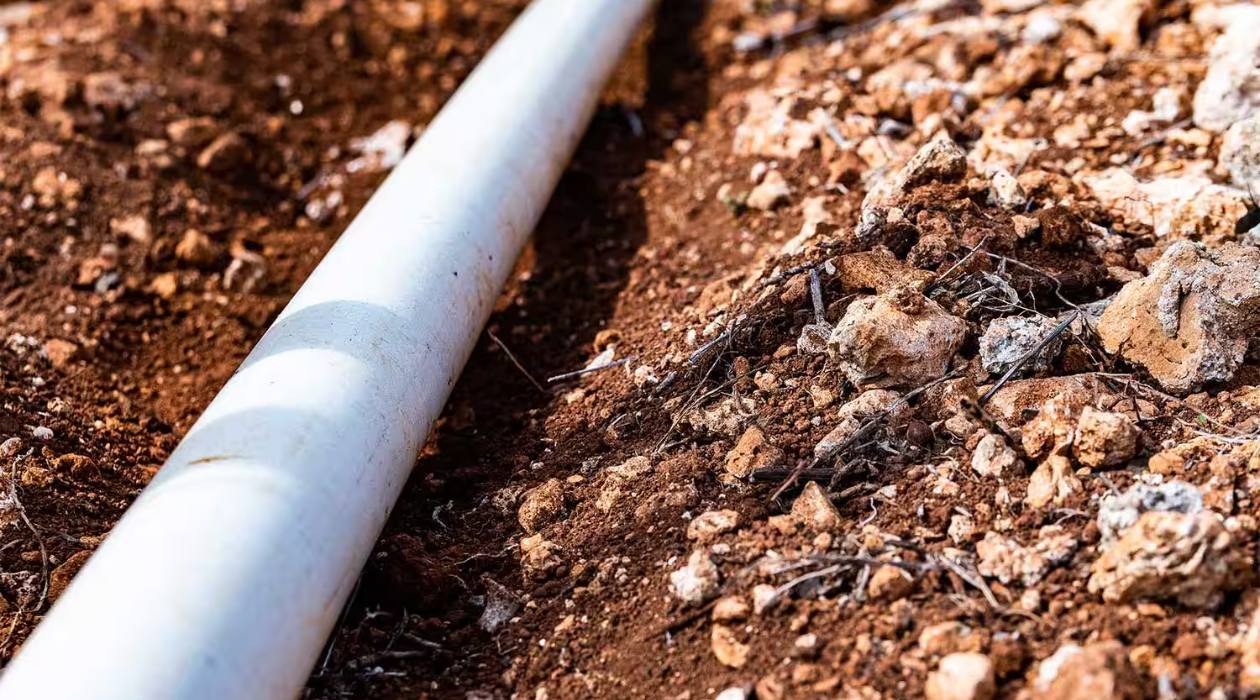

Articles
How Much Does It Cost To Install A Plumbing To A Shed
Modified: January 20, 2024
"Discover the estimated cost of running plumbing to a shed in this informative articles. Get expert tips and advice to budget your plumbing project."
(Many of the links in this article redirect to a specific reviewed product. Your purchase of these products through affiliate links helps to generate commission for Storables.com, at no extra cost. Learn more)
Introduction
When it comes to adding plumbing to a shed, many factors need to be considered, including the purpose of the shed, the distance from the main water source, and the type of plumbing system required. Whether you’re planning to use the shed as a workshop, a guesthouse, or even a fully functional bathroom, plumbing installation is essential for a convenient and efficient space.
In this article, we will explore the different factors that affect the cost of running plumbing to a shed, the types of plumbing systems available, the materials needed for installation, the steps involved in running plumbing to a shed, and the estimated costs associated with the project. Additionally, we will touch on the maintenance and repair requirements to keep your shed plumbing functioning optimally.
By understanding the considerations and costs involved, you will be better prepared to plan and execute the installation of plumbing in your shed, ensuring a reliable water supply for your specific needs.
Key Takeaways:
- Adding plumbing to a shed can greatly enhance its functionality, but costs vary based on factors like distance from the water source, complexity of the layout, and the type of plumbing system chosen.
- Regular maintenance and prompt repairs are essential to keep shed plumbing functioning optimally, ensuring a reliable and efficient setup for years to come.
Factors Affecting Plumbing Costs
Several factors come into play when determining the cost of running plumbing to a shed. It is important to consider these factors in order to get an accurate estimate and avoid any unexpected expenses along the way.
1. Distance from the main water source: The distance between your shed and the main water source will significantly impact the cost. If your shed is located far away from the water source, it may require more materials, labor, and time to install the plumbing pipes. Additionally, if there are obstacles such as trees, rocks, or structures in the way, it may further increase the complexity and cost of the project.
2. Type of plumbing system: The type of plumbing system you choose for your shed will also affect the cost. There are generally two options: connecting to the existing water supply system or installing a separate and independent plumbing system. Connecting to the existing system is typically more cost-effective, as it requires less materials and labor. However, if your shed serves a specific purpose that demands a separate system, such as a bathroom or kitchen, the cost will increase due to the need for additional pipes, fixtures, and drainage systems.
3. Depth of trenching: Trenching is the process of digging a trench to lay the plumbing pipes underground. The depth of the trench required will depend on the local building codes and the frost line in your area. Deeper trenching may require specialized equipment and more labor, which can drive up the overall cost.
4. Complexity of the plumbing layout: The complexity of the plumbing layout within your shed will also impact the cost. If you plan to have multiple fixtures, such as sinks, toilets, and showers, the plumbing system will require more pipes, fittings, and labor to install. Additionally, the complexity of connecting the shed plumbing to the main water source or septic system can also affect the overall cost.
5. Quality of materials: The quality of the plumbing materials used can vary, and this will have an influence on the cost. Higher-quality materials may have a higher upfront cost but can provide greater durability and longevity. It is important to balance your budget with the need for reliable and long-lasting plumbing in your shed.
It is recommended to consult with a professional plumber to assess your specific needs and obtain an accurate cost estimate. They will consider these factors and provide guidance on the most efficient and cost-effective plumbing solution for your shed.
Types of Plumbing Systems for Sheds
When it comes to plumbing systems for sheds, there are a few options to consider. The type of plumbing system you choose will depend on the purpose of your shed and your specific requirements. Let’s explore some common types of plumbing systems:
- Direct Connection: The simplest and most cost-effective option for plumbing a shed is to directly connect it to the existing water supply system in your home or property. This means running a water line from the main supply to the shed. It can be used for basic needs such as sink faucets or hose connections, but may not be suitable for more complex setups that require hot water or a separate drainage system.
- Gravity-Fed System: A gravity-fed system is a self-contained plumbing system that does not require a connection to the main water supply. Instead, it utilizes a water source at an elevated position, such as a storage tank or rainwater collection system, to create water pressure. This type of system is commonly used in off-grid or remote shed setups, where access to the main water supply may be limited.
- Septic System: If your shed is intended to be a fully functional bathroom or kitchen, you will need to consider a septic system. A septic system collects and treats the waste water that is generated in the shed. It typically consists of a septic tank, drain field, and associated plumbing. It is important to comply with local regulations when installing a septic system and consider the additional costs associated with its maintenance and servicing.
- Composting Toilet: For sheds without access to a septic system, a composting toilet can be a viable option. These toilets are designed to break down human waste into compost, eliminating the need for traditional plumbing. Composting toilets require regular maintenance and proper usage to ensure they function effectively.
- Greywater System: A greywater system is a sustainable option that repurposes wastewater from sinks, showers, and laundry for other non-potable uses such as irrigation or flushing toilets. This system typically involves separate plumbing to collect and store greywater, which can then be distributed to the desired areas. It is important to follow local regulations and use appropriate filtration methods to ensure the greywater is safe for reuse.
When deciding on the type of plumbing system for your shed, consider your specific needs, budget, and the feasibility of connecting to the main water supply or implementing a self-contained system. Consulting with a professional plumber can help you determine the most suitable plumbing system for your shed and ensure it meets your requirements.
Materials Needed for Plumbing Installation
When it comes to running plumbing to a shed, it is important to gather the necessary materials to ensure a successful installation. The specific materials required will depend on the type of plumbing system and the complexity of the project. Here are some common materials you may need:
- Pipes: The type of pipes needed will depend on the plumbing system you choose. For direct connection to the main water supply, you may need copper pipes or PEX (cross-linked polyethylene) pipes. Gravity-fed systems may require durable PVC pipes. Determine the appropriate size and length of pipes based on your plumbing layout and distance from the water source.
- Fittings and connectors: Fittings and connectors are essential for joining pipes together and connecting them to fixtures and water sources. These can include couplings, elbows, tees, valves, and adapters. Make sure the fittings and connectors are compatible with the chosen pipe material.
- Fixtures: Depending on the purpose of your shed, you may need various fixtures such as sinks, faucets, toilets, showers, or water heaters. Choose fixtures that are suitable for your plumbing system and meet your specific needs.
- Drainage materials: If you are installing a septic system or a separate drainage system, you will need materials such as drain pipes, traps, vents, and grates. These components help to safely remove wastewater from your shed.
- Insulation: Insulating your plumbing pipes is crucial, especially if your shed is located in an area that experiences freezing temperatures. Proper insulation helps prevent pipes from freezing and bursting. Insulation sleeves or pipe wraps can be used to protect the pipes.
- Tools: Basic plumbing tools will be necessary for the installation, including pipe cutters, wrenches, pliers, a hacksaw, a measuring tape, and a level. Having the right tools will make the process more efficient and ensure accurate and secure connections.
- Sealants and Tapes: To prevent leaks and ensure watertight connections, you will need sealants such as plumber’s tape (Teflon tape), pipe dope, or thread sealant. These are applied to threaded connections to create a watertight seal.
- Hangers and Supports: Properly securing and supporting the plumbing pipes is essential for stability and to prevent sagging or damage. Hangers, brackets, clamps, and supports are used to secure the pipes to the walls or ceiling of the shed.
It is important to consult with a professional plumber to ensure you have the correct materials for your specific plumbing project. They will help you determine the appropriate materials based on your shed’s requirements, local building codes, and the type of plumbing system you choose.
When running plumbing to a shed, consider the distance from the main water source, the type of plumbing materials needed, and any necessary permits or regulations. It’s also important to plan for insulation and protection from freezing temperatures if applicable.
Steps to Run Plumbing to a Shed
Running plumbing to a shed requires careful planning and execution to ensure a successful installation. Here are the general steps involved in the process:
- Assess the plumbing needs: Determine the specific plumbing requirements for your shed, such as the number of fixtures, the location of the water source, and any drainage needs. This will help you develop a clear plan and gather the necessary materials.
- Create a plumbing layout: Design a plumbing layout that includes the placement of pipes, fixtures, and drainage systems. Consider the most efficient route for the pipes and ensure they are easily accessible for future repairs or maintenance.
- Obtain necessary permits: Check with your local building department to determine if any permits are required for running plumbing to your shed. Compliance with building codes and regulations is essential to ensure the safety and legality of your project.
- Prepare the trench: Dig a trench from the main water source to the shed. The depth of the trench will depend on local building codes and the frost line in your area. Ensure the trench is wide enough to accommodate the pipes and any necessary insulation.
- Lay the pipes: Install the pipes in the trench, connecting them to the main water source and routing them to the desired fixtures in the shed. Use appropriate fittings, connectors, and supports to secure the pipes in place, ensuring they are properly aligned and sloped for efficient water flow.
- Connect fixtures and drainage: Install the chosen fixtures, such as sinks, faucets, toilets, or showers, according to the plumbing layout. Connect them to the corresponding pipes, ensuring proper sealing and tight connections. If a separate drainage system is required, connect the drain pipes and ensure proper venting.
- Insulate the pipes: Apply insulation to the pipes, especially if your shed is located in an area prone to freezing temperatures. Insulating the pipes will help prevent freezing and ensure optimal performance.
- Test the plumbing: Before covering the trench and completing the installation, thoroughly test the plumbing system for any leaks or issues. Turn on the water supply and check for any drips or water pooling. Also, check the functionality of fixtures and drainage systems.
- Backfill and cover the trench: Once the plumbing system passes the test, carefully backfill the trench, ensuring proper compaction of the soil. Cover the trench with the appropriate materials, such as soil or gravel, to restore the area to its original condition.
- Maintain the plumbing system: Regular maintenance is crucial to keep your shed plumbing working optimally. Periodically check for leaks, maintain proper insulation, and address any issues promptly to prevent further damage. Also, consider winterizing the plumbing system if your shed is not heated during colder months.
While these steps provide a general guideline, it is important to consult with a professional plumber for your specific project. They will ensure proper installation and guide you through the process based on your shed’s requirements and local building codes.
Cost Estimate for Plumbing Installation
The cost of running plumbing to a shed can vary depending on several factors, including the scope of the project, the location, and the materials used. It is essential to have a clear understanding of these factors in order to estimate the potential costs involved. Here is a breakdown of the main cost considerations:
- Labor costs: Hiring a professional plumber will typically be the largest component of your plumbing installation expenses. The cost will depend on factors such as the complexity of the project, the local labor rates, and the amount of time required to complete the installation. It is recommended to obtain quotes from multiple plumbers to compare prices and choose the one that best fits your budget.
- Material costs: The cost of materials needed for the plumbing installation will vary depending on the type of plumbing system, the length of the pipes, and the complexity of the layout. It is important to factor in the cost of pipes, fittings, fixtures, insulation, sealants, and any additional materials required. Consider the quality of the materials as well, as higher-quality options may have a higher upfront cost but can provide better durability and longevity.
- Permit fees: Depending on your location, you may need to obtain permits for your plumbing installation. Permit fees can vary, so it is important to check with your local building department to determine the specific requirements and associated costs.
- Equipment rental: In some cases, specialized equipment may be needed for digging the trench or handling certain aspects of the plumbing installation. Equipment rental costs should be considered if you plan to take the DIY approach or if your plumber requires additional tools to complete the project.
- Additional costs: There may be additional costs associated with specific requirements or circumstances. For example, if your shed is located far from the main water source, the cost of trenching or additional piping may increase. If a separate drainage system or septic system is required, there will be additional materials and labor costs to consider.
It is difficult to provide an exact cost estimate as it can vary significantly depending on the factors mentioned above. However, as a rough guideline, plumbing installation for a basic shed with a direct connection to the main water supply can range from $1,000 to $5,000. For more complex setups, such as a shed with a bathroom and septic system, costs can range from $5,000 to $20,000 or more.
It is recommended to consult with a professional plumber who can assess your specific project and provide a more accurate cost estimate based on your requirements and local conditions. They can help you determine the most cost-effective options while ensuring the plumbing installation meets your needs and complies with all relevant regulations.
Maintenance and Repair of Shed Plumbing
Maintaining and keeping your shed plumbing in good condition is essential to ensure optimal performance and prevent costly repairs. Here are some key maintenance and repair tips to help you maintain your shed plumbing:
- Regular inspections: Periodically inspect your shed plumbing for any visible leaks, loose connections, or signs of damage. Look for water stains, dampness, or mold growth that may indicate a leak. Catching and addressing issues early can prevent further damage and costly repairs.
- Check for proper insulation: If your shed is located in an area that experiences freezing temperatures, ensure that the plumbing pipes are properly insulated. Insulation sleeves or pipe wraps can help prevent freezing and bursting of pipes during cold weather.
- Address leaks promptly: If you notice any leaks in your shed plumbing, attend to them promptly. Even small leaks can waste water and potentially lead to more extensive damage if left unaddressed. Replace any damaged or worn-out seals, gaskets, or connectors to fix leaks effectively.
- Clear drains and pipes: Regularly clean the drains and pipes in your shed to prevent clogs and build-up. Use drain cleaners or natural remedies to remove any debris or blockages. Consider using screens or filters on drains to catch hair, debris, or other particles that can lead to clogs.
- Monitor water pressure: Keep an eye on the water pressure in your shed plumbing. High water pressure can put excessive stress on the pipes and fixtures, leading to leaks or bursts. Install a pressure regulator if necessary to maintain safe and consistent water pressure.
- Insulate exposed pipes: If any of your plumbing pipes are exposed to extreme temperatures due to insufficient insulation, insulate them using foam insulation sleeves or heat tape. This helps prevent freezing and potential damage to the pipes.
- Winterize the plumbing system: If your shed is not heated and will be vacant during winter months, it is crucial to properly winterize the plumbing system. Drain all water from the pipes, flush toilets, and empty water storage tanks. Use antifreeze where necessary to prevent freezing and damage. Follow a winterization checklist or consult with a professional plumber for guidance.
- Call a professional for complex repairs: For major repairs or complex issues, it is best to contact a professional plumber. They have the expertise and knowledge to handle more complicated plumbing problems and ensure proper repairs. Attempting complex repairs without the necessary experience can potentially worsen the issue and lead to more extensive damage.
By following these maintenance and repair tips, you can extend the lifespan of your shed plumbing and avoid costly repairs. Additionally, having a professional plumber perform regular inspections and maintenance can help identify any underlying problems and address them before they escalate.
Remember, prevention is key when it comes to maintaining your shed plumbing system. By implementing these practices, you can enjoy a reliable and efficient plumbing setup in your shed for years to come.
Conclusion
Running plumbing to a shed can greatly enhance its functionality and convenience, whether you plan to use it as a workshop, a guesthouse, or even a fully functional bathroom. By considering the factors affecting plumbing costs, understanding different types of plumbing systems for sheds, gathering the necessary materials for installation, and following the steps involved, you can successfully add plumbing to your shed.
It is important to carefully plan your plumbing project, taking into account the distance from the main water source, the complexity of the plumbing layout, and any additional requirements such as septic systems or separate drainage. Seeking professional advice and obtaining accurate cost estimates will help you stay within your budget and ensure a smooth installation process.
Once your shed plumbing is installed, regular maintenance and prompt repairs are essential to keep the system functioning optimally. Conducting regular inspections, addressing leaks and clogs, and properly insulating the pipes will help prevent costly damage and prolong the lifespan of your shed plumbing.
Remember to consult with a professional plumber throughout the process to ensure compliance with local building codes and regulations. Their expertise and guidance will help you make informed decisions and avoid common pitfalls.
Adding plumbing to a shed is an investment that can significantly improve the functionality and value of your space. With careful planning, proper installation, and regular maintenance, you can enjoy the convenience of a fully equipped shed for years to come.
Frequently Asked Questions about How Much Does It Cost To Install A Plumbing To A Shed
Was this page helpful?
At Storables.com, we guarantee accurate and reliable information. Our content, validated by Expert Board Contributors, is crafted following stringent Editorial Policies. We're committed to providing you with well-researched, expert-backed insights for all your informational needs.
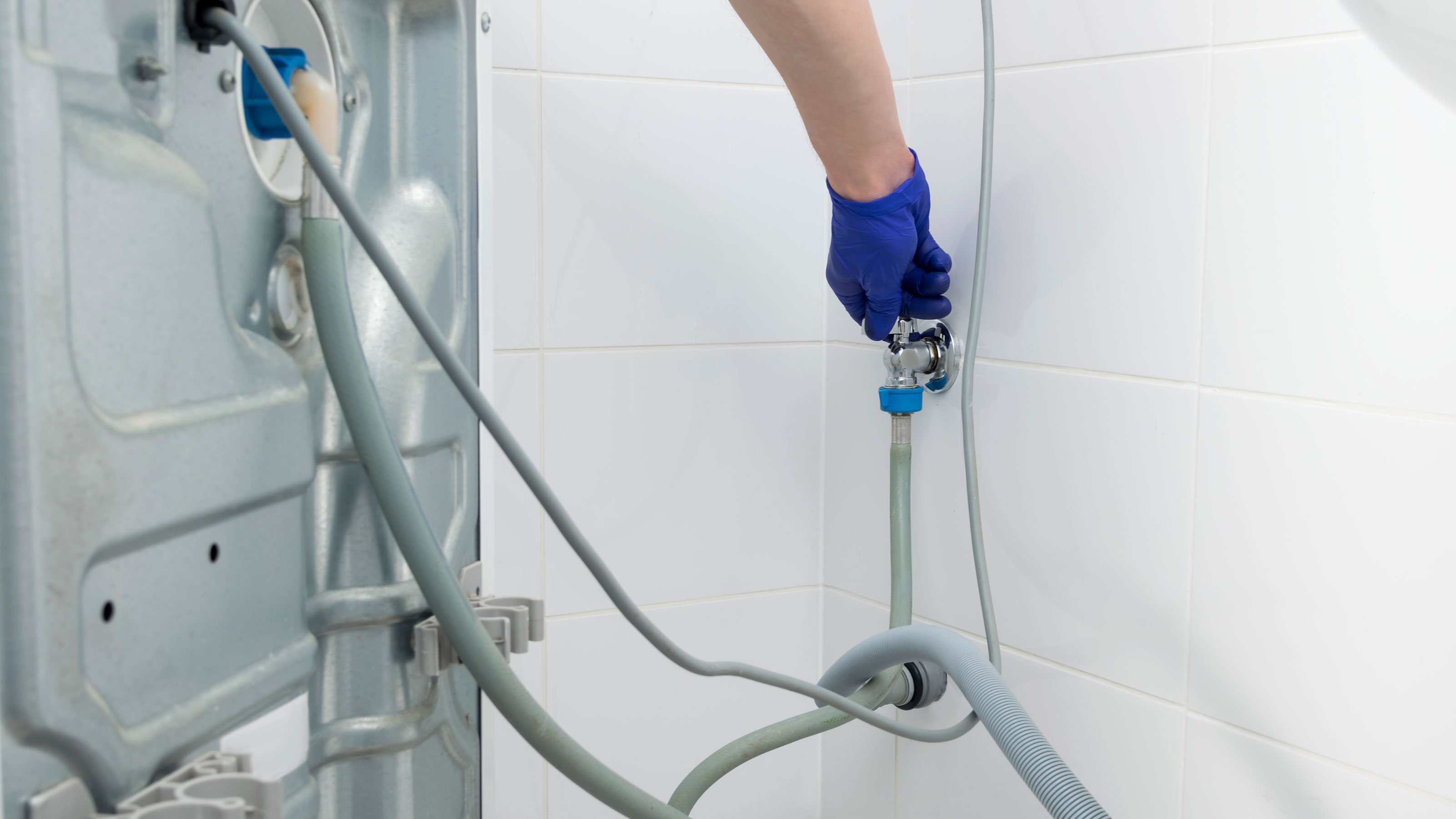
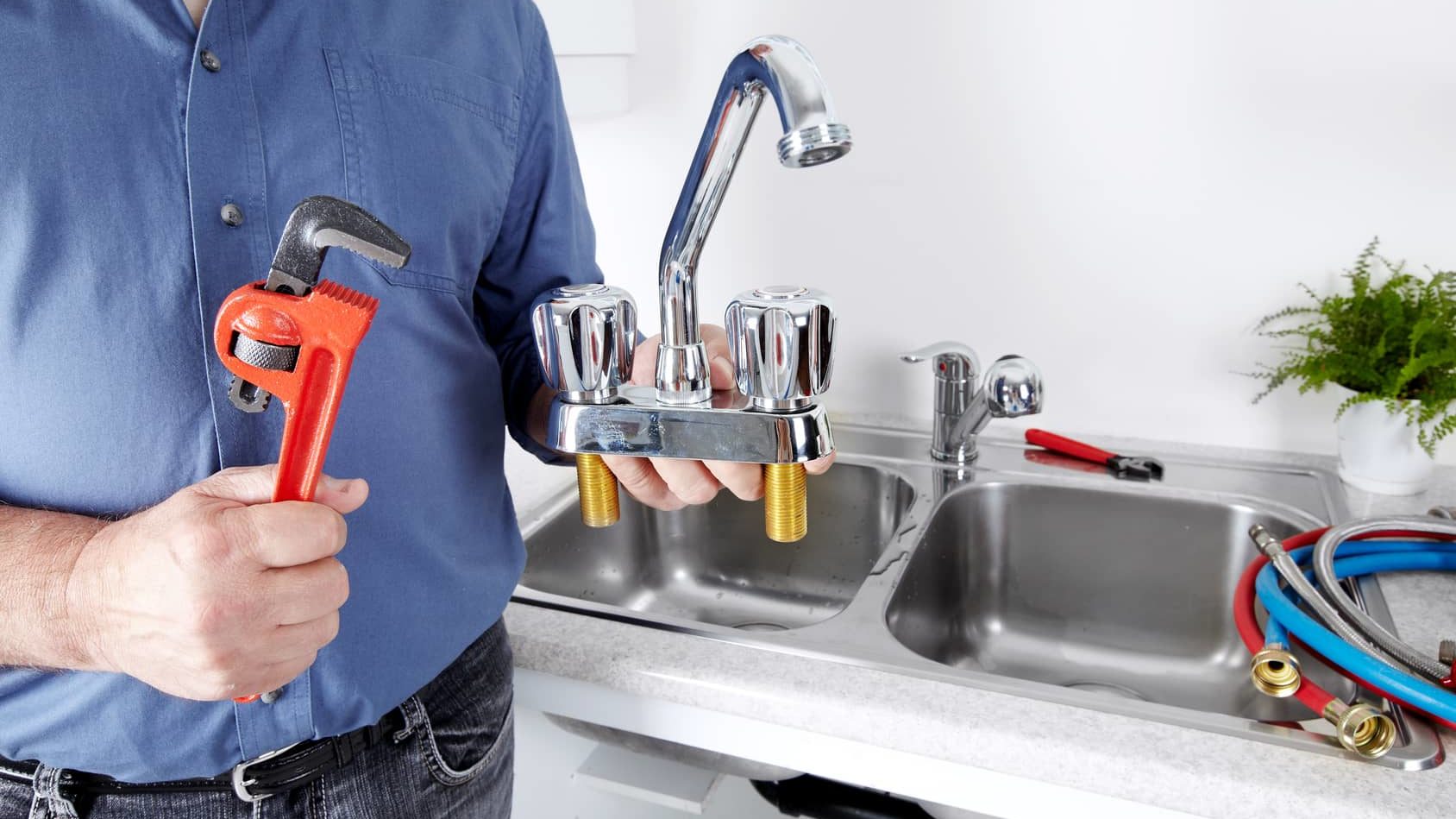

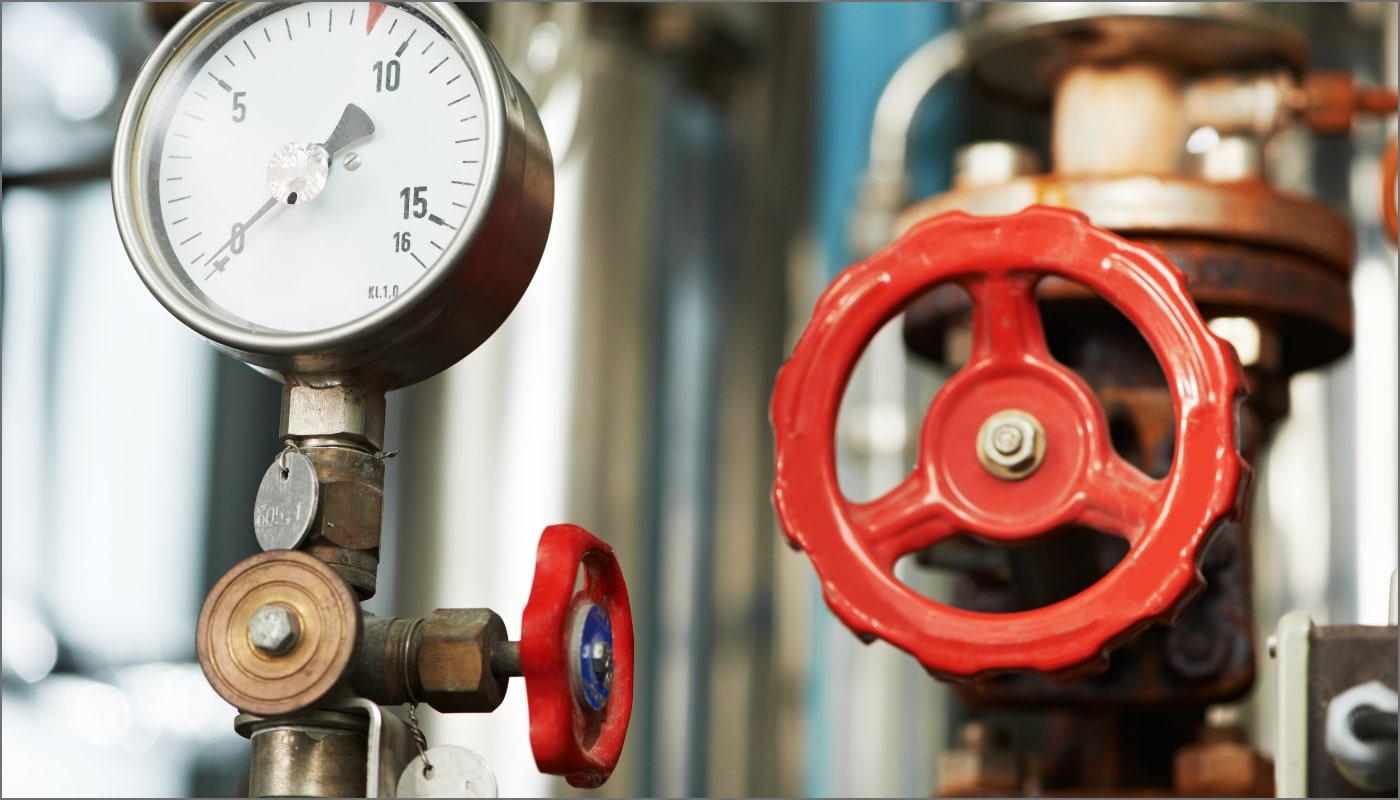
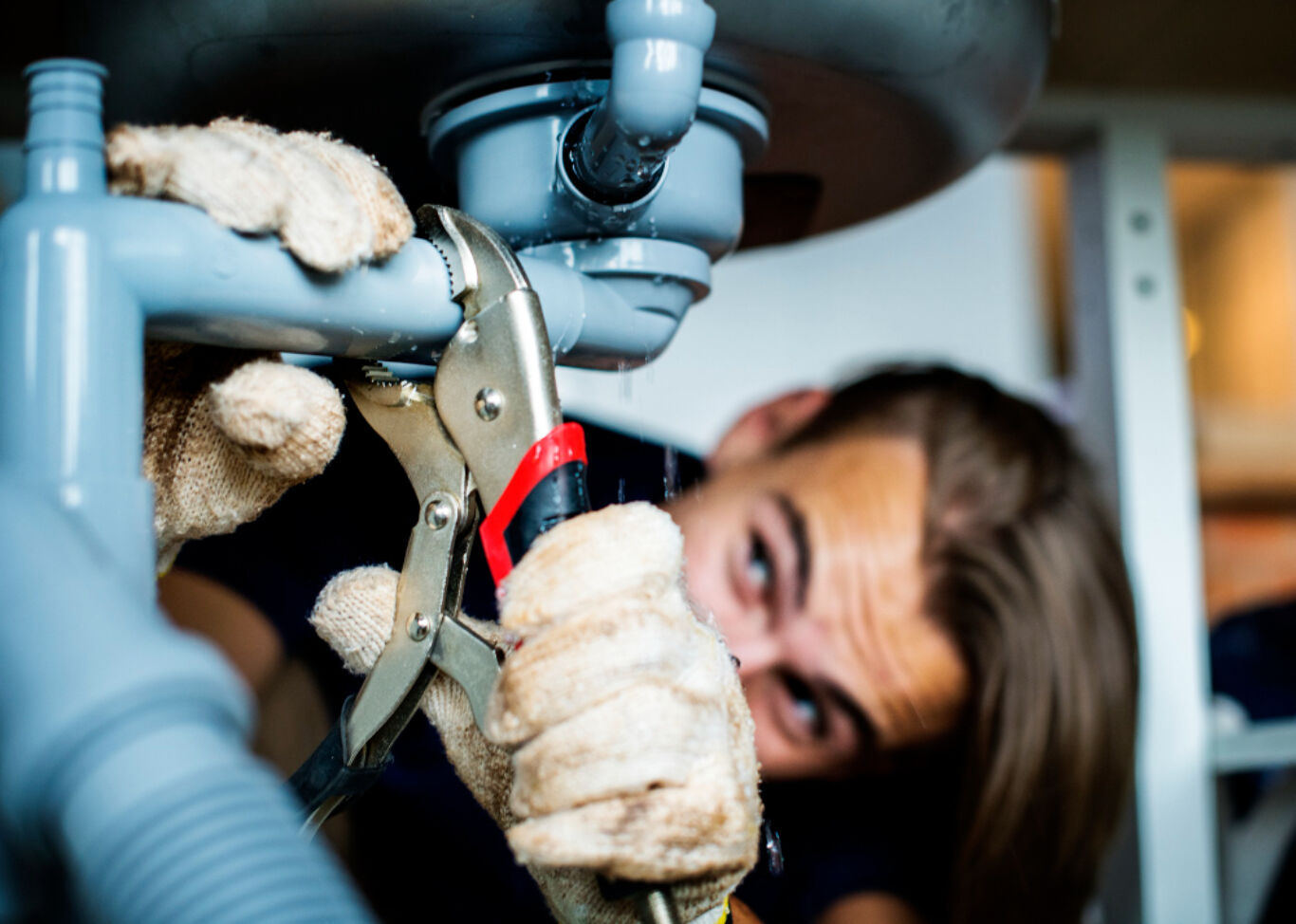
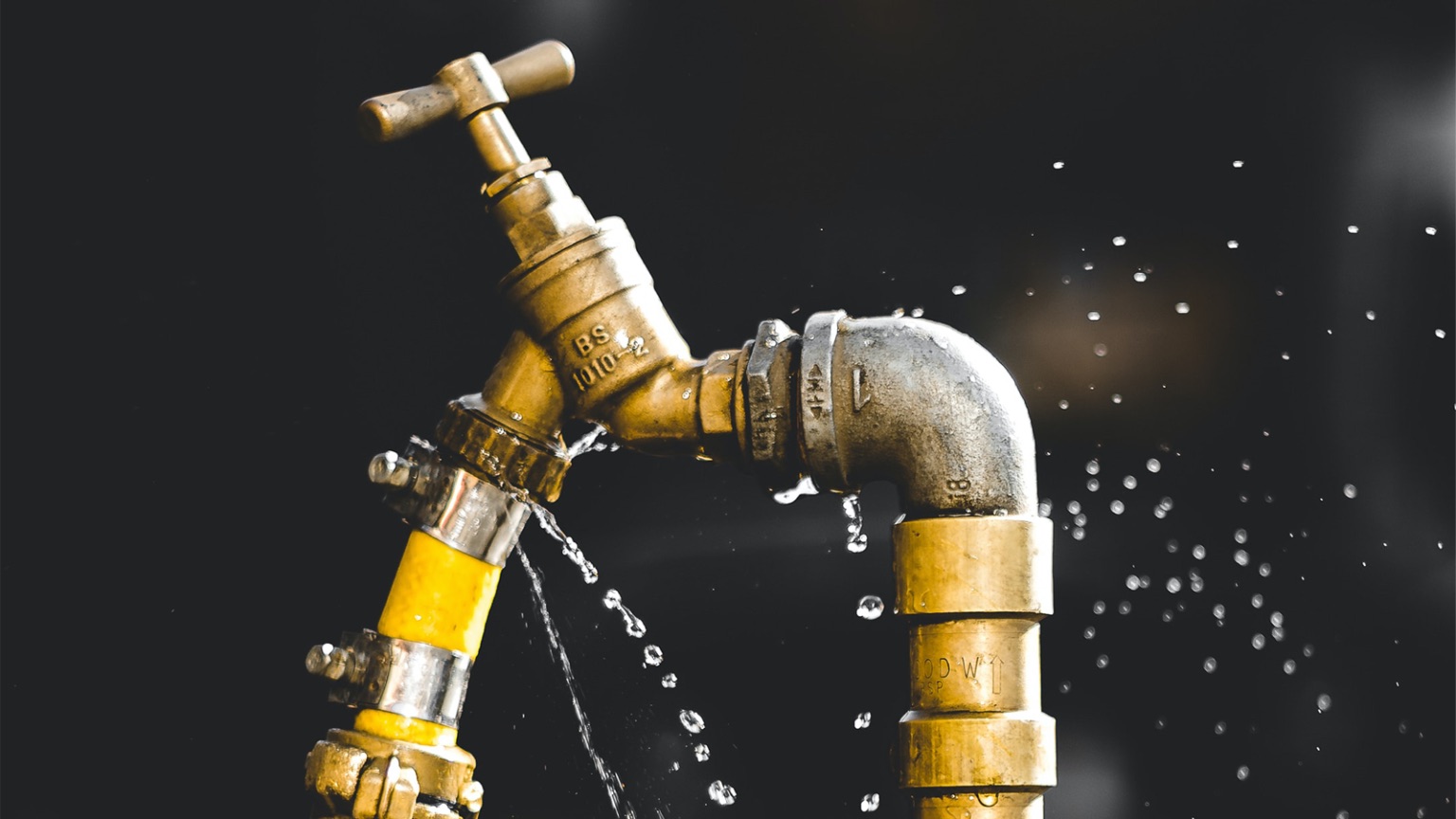
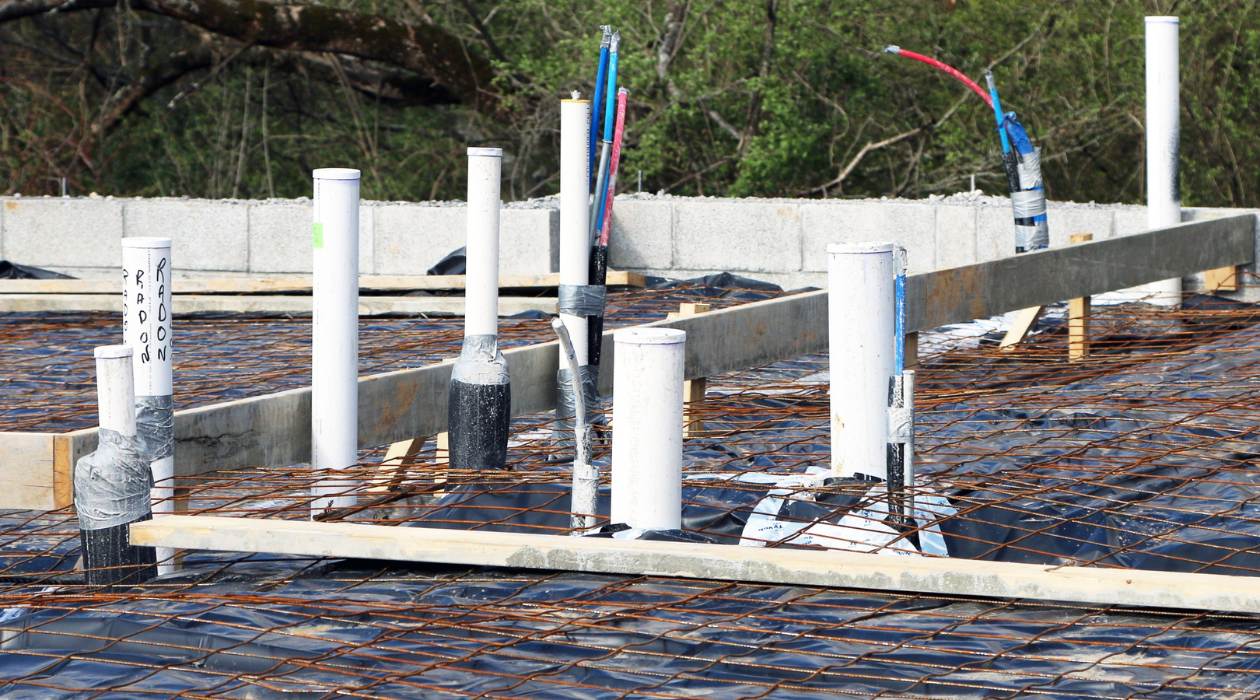
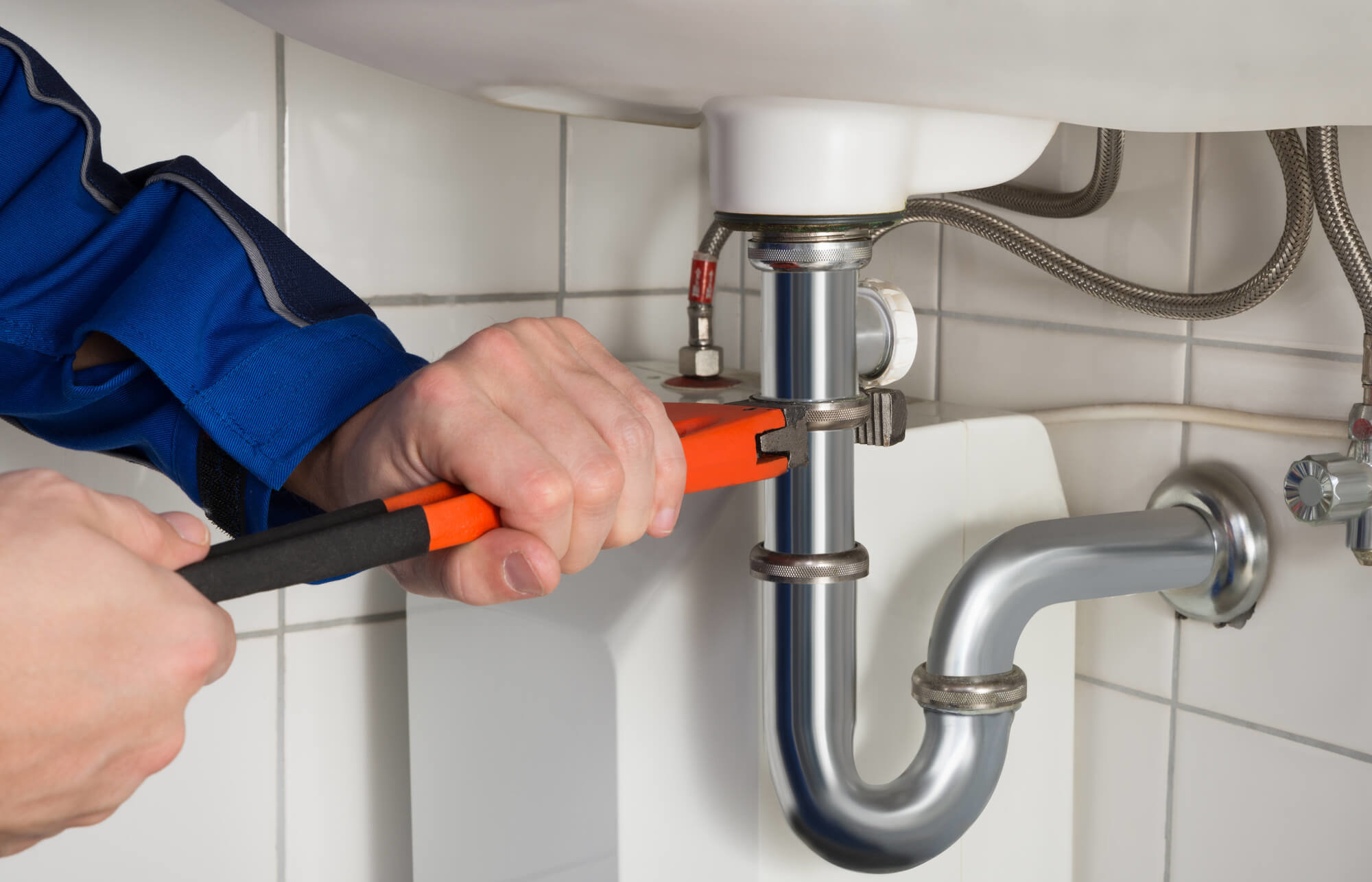
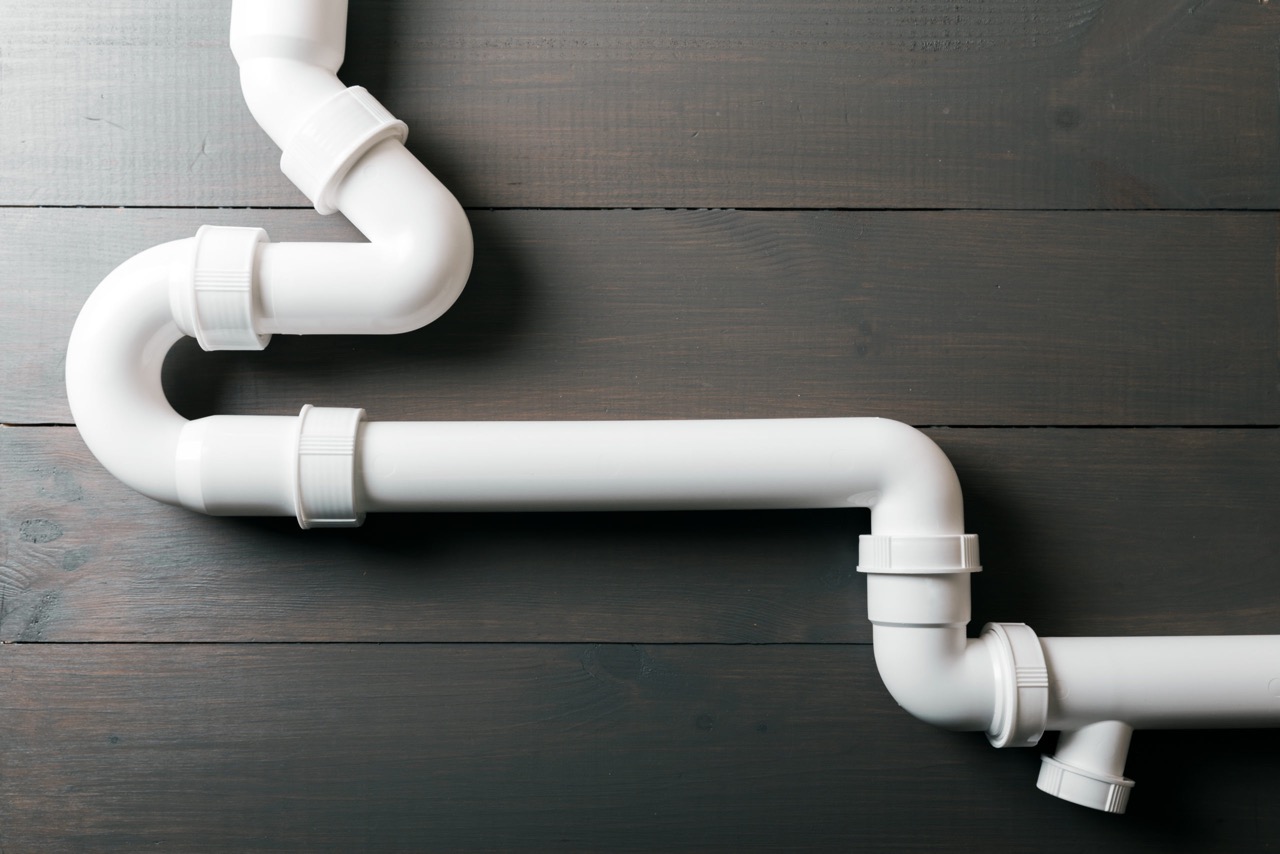
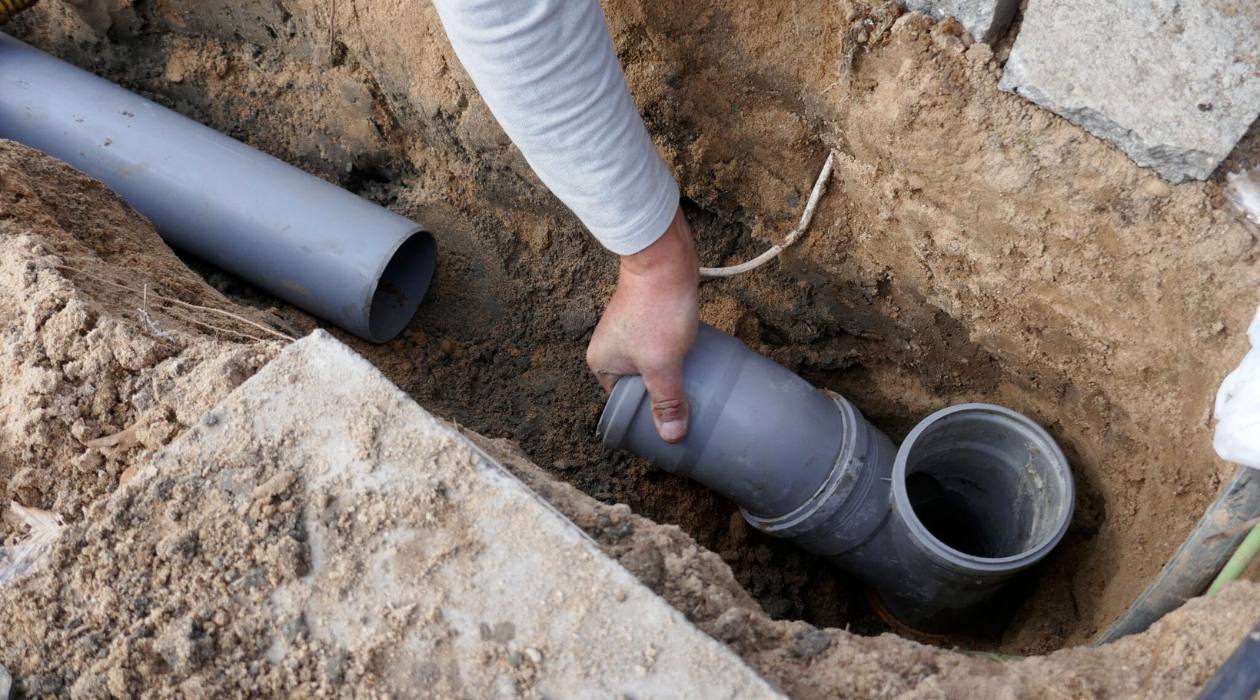
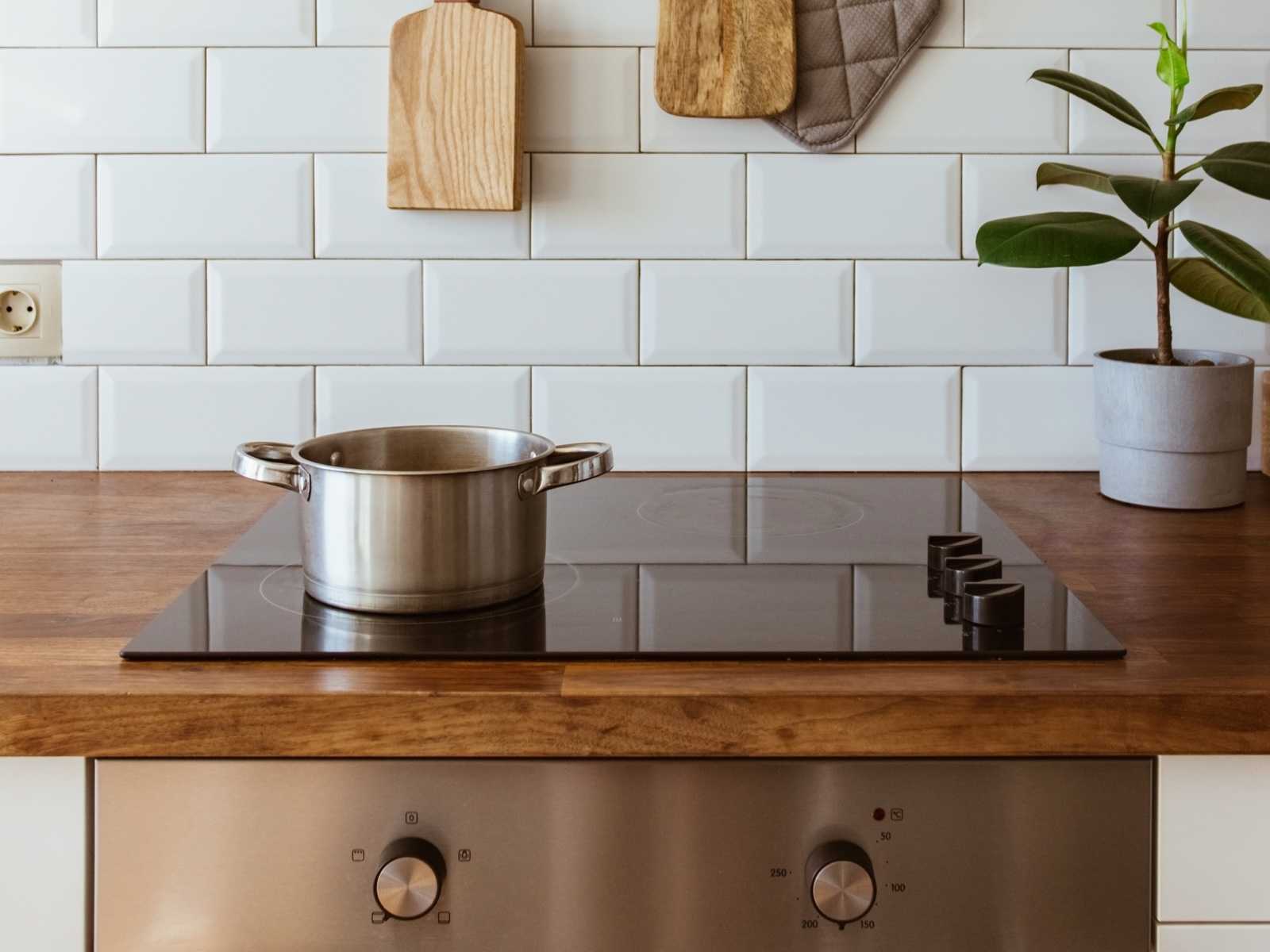
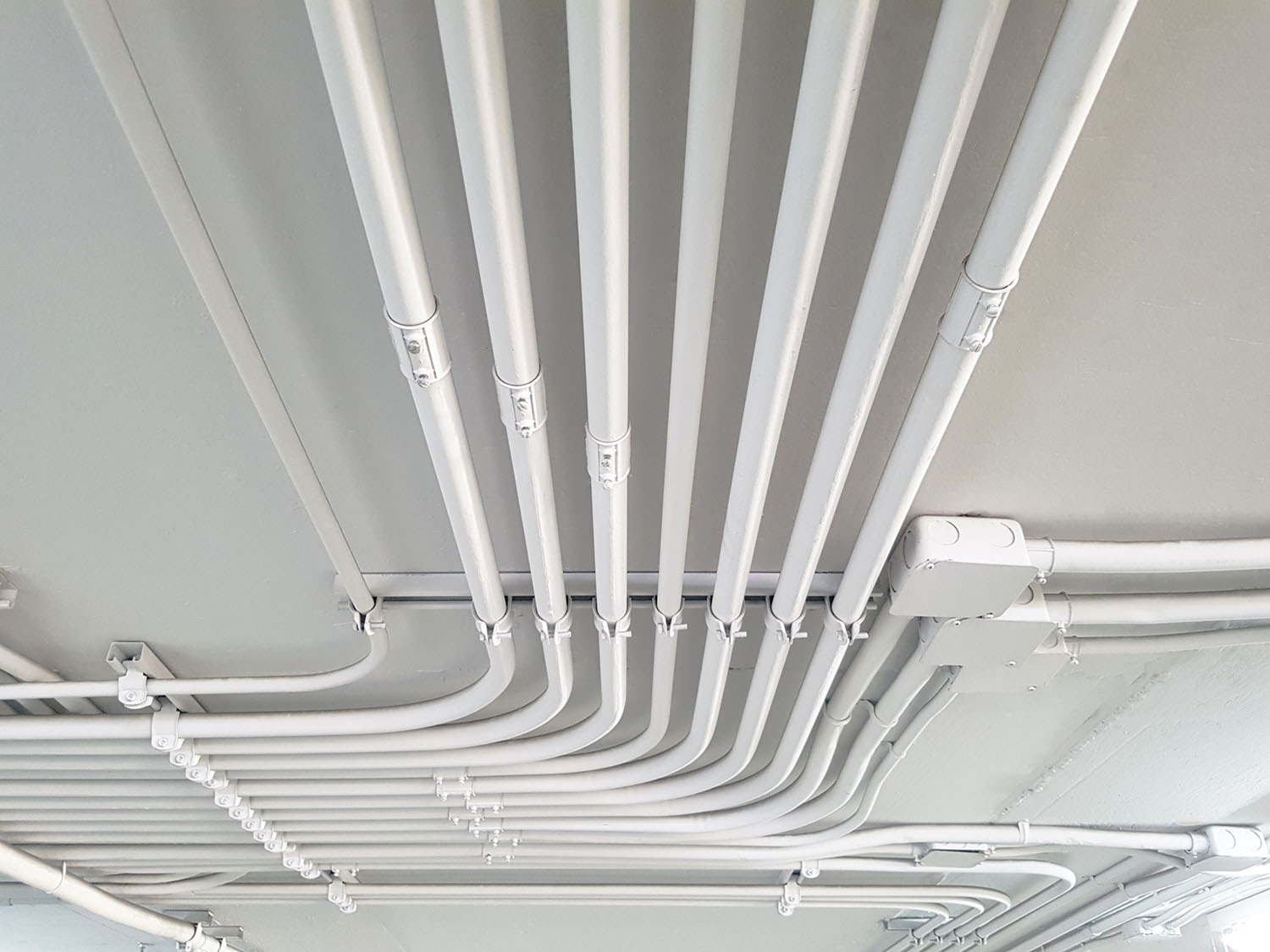
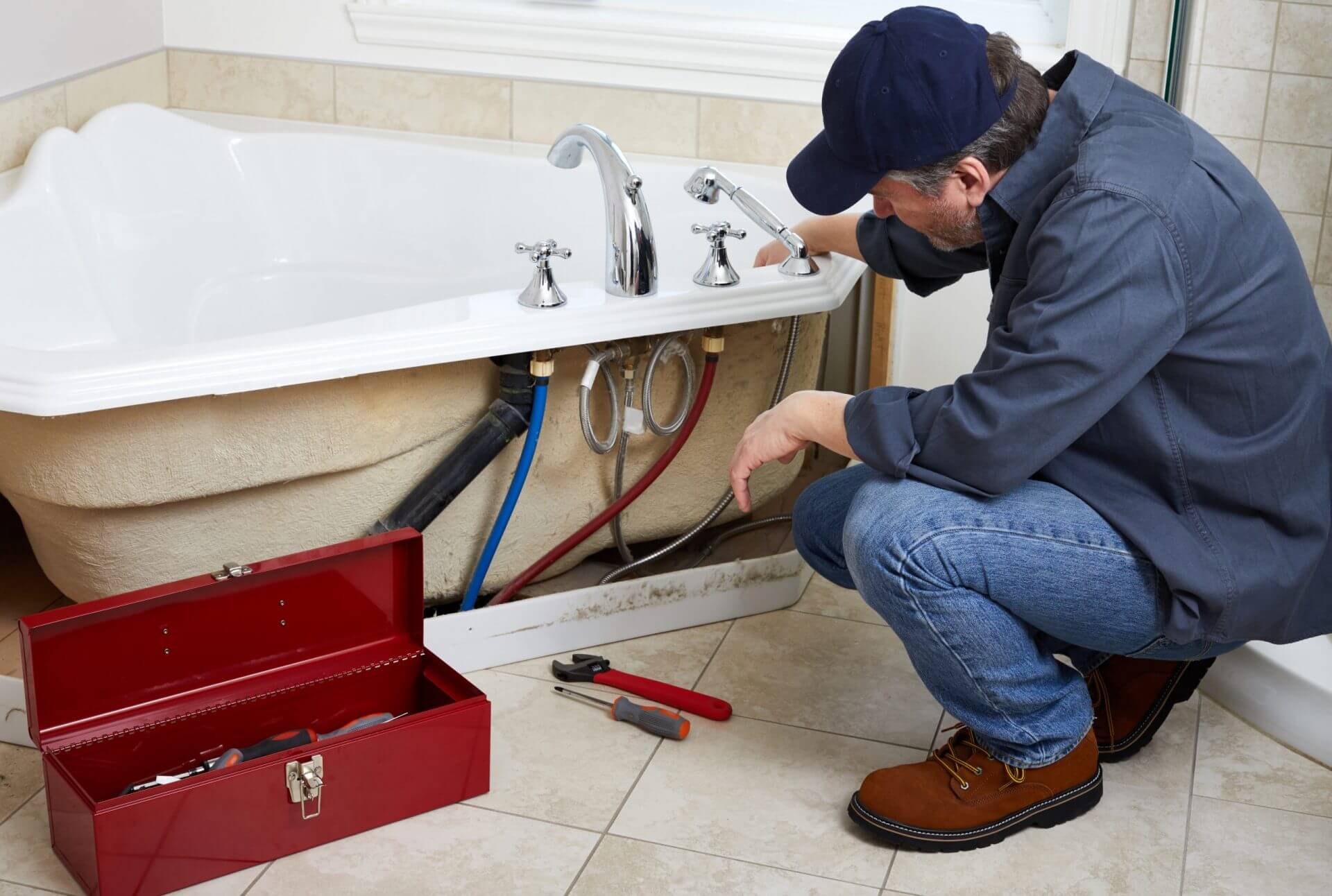
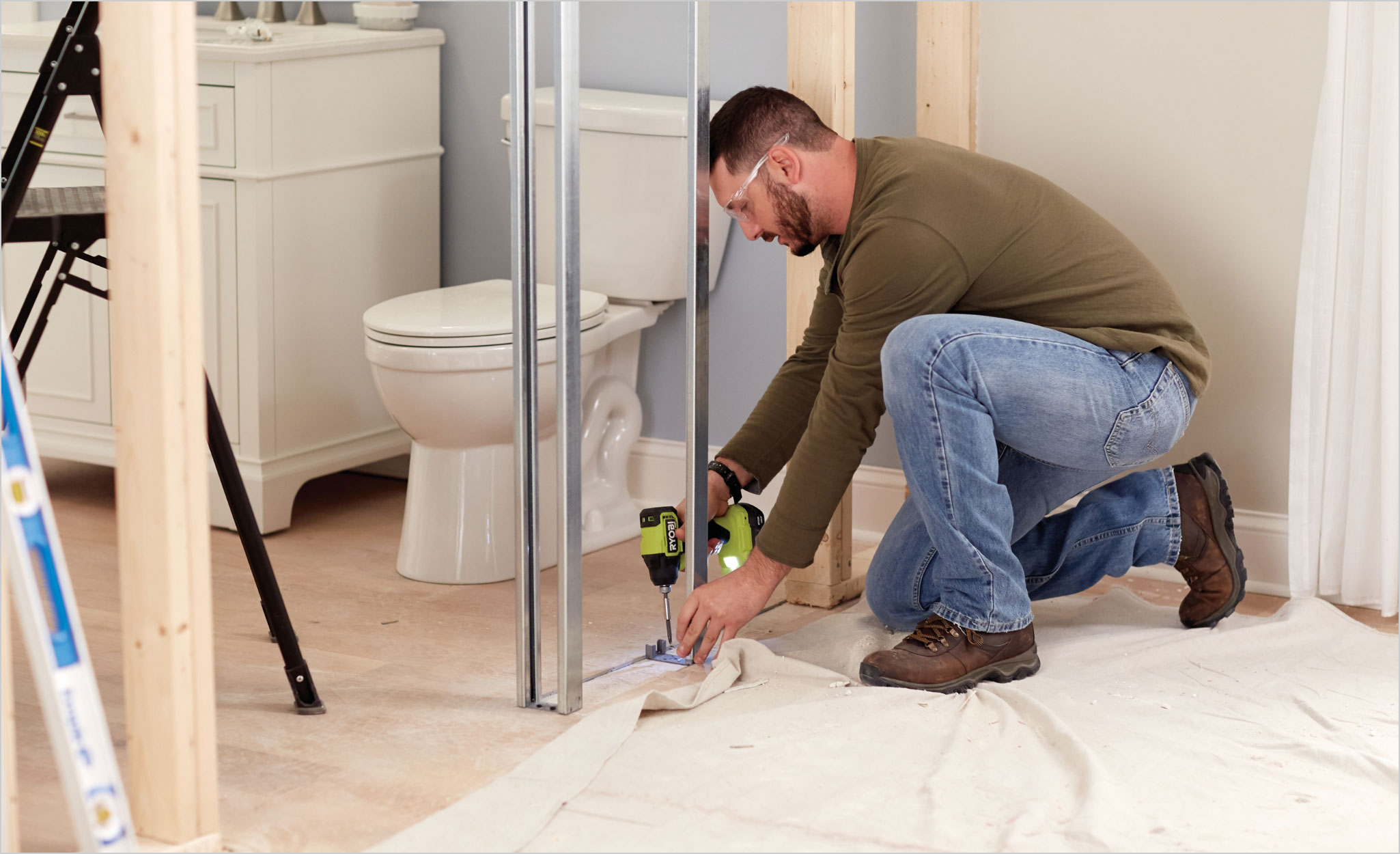

0 thoughts on “How Much Does It Cost To Install A Plumbing To A Shed”